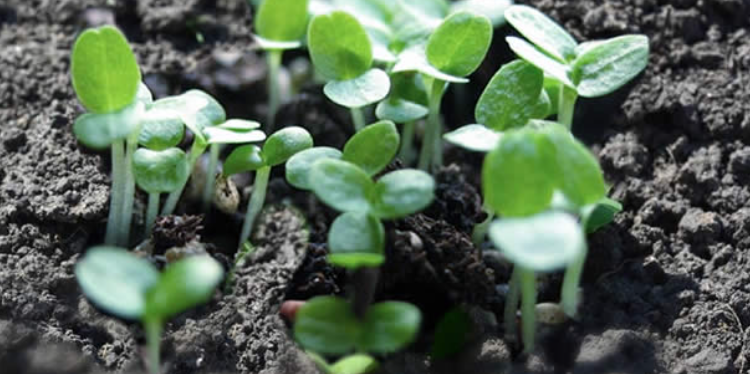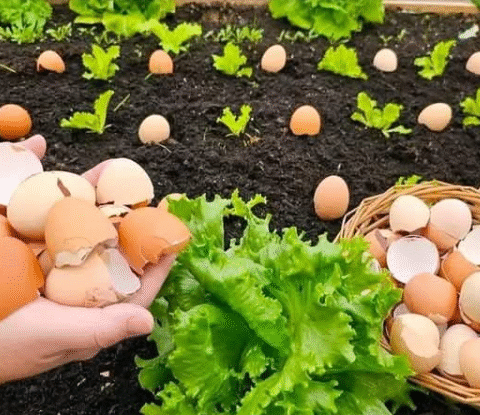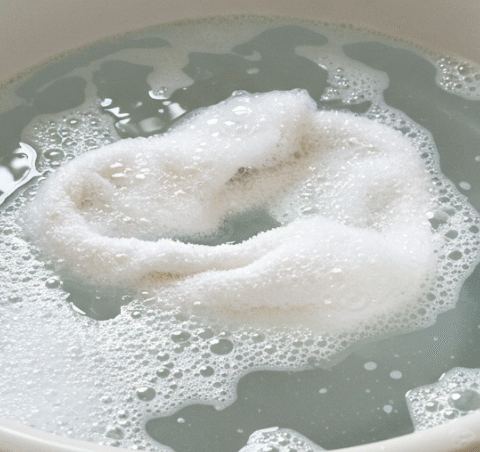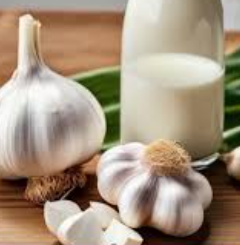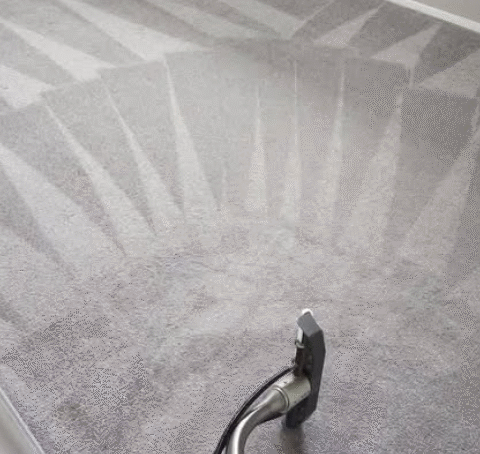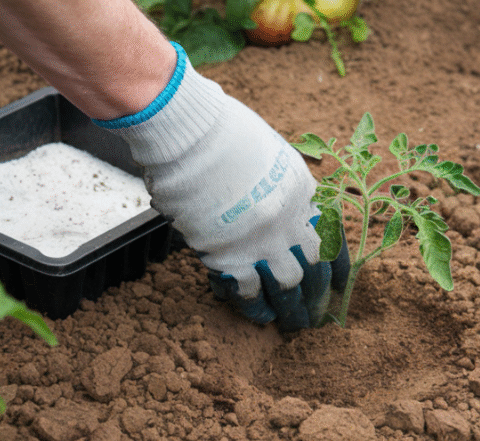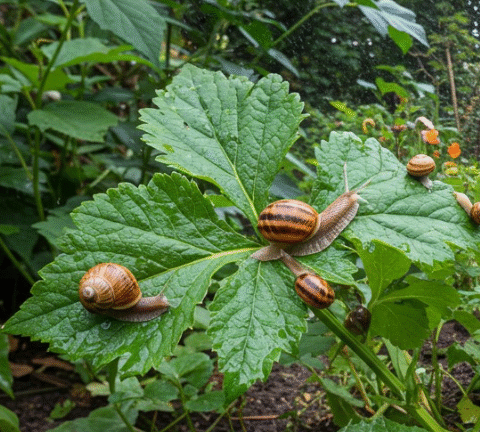🥬 How to Grow Pointed Head Cabbage from Seed in Containers | Step-by-Step Guide
Growing pointed head cabbage in containers is an excellent solution for space-limited gardeners. Known for its conical shape, tender leaves, and mild, sweet flavor, this variety is ideal for salads, stir-fries, and homemade coleslaw. Whether you’re gardening on a balcony, patio, or small backyard, this complete step-by-step guide will help you grow healthy, homegrown cabbage from seed 🪴.
🌟 Why Grow Pointed Head Cabbage in Containers?
- Space-Saving: Perfect for balconies, patios, and small yards.
- Soil Control: Better soil quality and fewer weeds.
- Mobility: Move your container to catch sunlight or avoid storms.
Pointed head cabbage grows compactly, making it a perfect candidate for container cultivation 🌞.
🧰 Materials You’ll Need
- 🥬 Pointed head cabbage seeds (‘Trevor’ or ‘Tadorna’ varieties)
- 🪴 Large container (12 in deep & 12 in wide, minimum)
- 🌱 Well-draining potting mix (rich in organic matter)
- 🌿 Compost (optional)
- 💧 Watering can or spray bottle
- 🧪 Fertilizer (balanced 10-10-10 or organic options)
- 🌿 Plant support (optional for mature heads)
📋 Step-by-Step Instructions
Step 1: Choose the Right Container
- Use a 12″ deep, 12″ wide container with drainage holes.
- If using a ceramic or plastic pot, drill holes if necessary to avoid water buildup.
Step 2: Prepare the Soil
- Mix compost, garden soil, and perlite or sand for a loamy texture.
- Fill the container, leaving 1 inch from the top.
- Firm the soil gently to remove air pockets.
Step 3: Plant the Seeds
- Sow seeds 1/4 inch deep and 2–3 inches apart.
- Start indoors 6–8 weeks before the last frost if desired.
- Transplant when seedlings have 2–3 sets of true leaves.
Step 4: Water the Seeds
- Moisten the soil gently after planting.
- Keep soil moist but not soggy.
- Use drip irrigation or spray bottle to avoid disturbing soil.
Step 5: Thin the Seedlings
- Once seedlings reach 2–3 inches tall, thin to 10–12 inches apart.
- Use scissors to cut weaker plants at the soil level.
Step 6: Provide Proper Sunlight
- Place containers in full sun (6+ hours/day).
- Indoors? Use a south-facing window or supplemental grow lights.
- Shelter from strong winds if growing outdoors.
Step 7: Fertilize the Plants
- Use balanced fertilizer (10-10-10) every 3–4 weeks.
- Organic alternatives: compost tea, fish emulsion, seaweed extract.
- Follow label instructions to avoid over-fertilization.
Step 8: Harvesting the Cabbage
- Harvest in 60–75 days or when heads feel firm.
- Use a sharp knife to cut below the head, leaving roots in place.
- Secondary heads may sprout later from the base.
📊 Growth Timeline
| Growth Stage | Timeframe | Activity |
|---|---|---|
| Seed Germination | 5–10 days | Seeds sprout under moist soil |
| Seedling Stage | 2–3 weeks | Thin plants, monitor light & water |
| Vegetative Growth | 3–6 weeks | Fertilize, adjust spacing if needed |
| Head Formation | 6–10 weeks | Heads begin forming; continue feeding |
| Harvest | 60–75 days | Cut when heads are firm |
👩🌾 Expert Gardening Tip
Leo Marquez, container gardening specialist: “Pointed head cabbage needs airflow to prevent disease. Avoid overcrowding and rotate the container weekly for even sun exposure.”
❓ Frequently Asked Questions
- Can I grow cabbage indoors?
Yes, with sufficient light—use grow lights if natural light is limited. - How many cabbages can I grow in one container?
1 plant per 12-inch container is ideal to avoid overcrowding. - Do I need to support the plant?
Usually not, but large heads may need light support. - Why are my cabbage leaves turning yellow?
Could be overwatering, poor drainage, or nutrient deficiency. - Can I reuse the soil?
Yes, if refreshed with compost—but rotate crops to prevent soil diseases. - What pests should I watch for?
Aphids, cabbage worms, and slugs. Use neem oil or handpick pests. - What’s the best temperature for growth?
Cool weather, ideally 60–70°F (15–21°C). - How do I store harvested cabbage?
Keep in a cool, humid place or refrigerate for 1–2 weeks. - Can I plant seeds directly outdoors?
Yes—after last frost and in suitable containers with full sun. - Is pointed head cabbage different from regular cabbage?
Yes—it’s more tender, milder in flavor, and grows faster.
🥗 Related Recipes Using Cabbage
Harvested your cabbage? Try delicious recipes like coleslaw, cabbage stir-fry, or homemade kimchi. Visit this recipe site for creative cabbage dishes!
With this simple container gardening guide, you can grow fresh, crunchy pointed head cabbage right at home—even in tight spaces. Just follow the steps, care for your seedlings, and enjoy a nutritious harvest all season long 🌿🥬.
